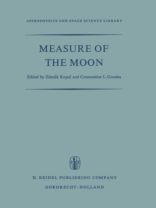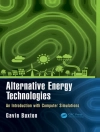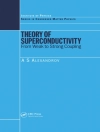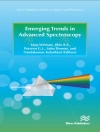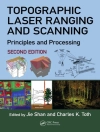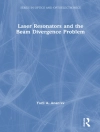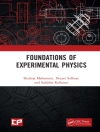After many decades spent in astronomical semi-obscurity, the Moon has of late suddenly emerged to claim renewed interest on the part of the students of astronomy, as well as of other branches of physical science and technology; and the reasons which brought this about are indeed of historical significance. From time immemorial, astronomy has been debarred from the status of a gen- uine experimental science by the utter remoteness of the objects of its study. With the exception of meteors – those small freaks of cosmic matter intercepted by the Earth on its perpetual journey through space – the properties of all celestial bodies outside the gravitational confines of our planet could be studied only at a distance: namely, from the effect of attraction exerted by their masses; or from the ciphered message of their light brought to us by nimble-footed photons across the intervening gaps of space. A dramatic emergence of long-range rockets in the last decade bids fair to bring about a profound change in this situation. On September 13, 1959 – a memorable date in the history of human endeavour – a man-made missile of Russian origin crash- landed on the surface of the Moon in the region of its Mare Imbrium, and thus ended the age-long separation of the Earth and its only natural satellite which lasted not less than 4t billion years.
C.L. Goudas & Zdenek Kopal
Measure of the Moon [PDF ebook]
Proceedings of the Second International Conference on Selenodesy and Lunar Topography held in the University of Manchester, England May 30 – June 4, 1966
Measure of the Moon [PDF ebook]
Proceedings of the Second International Conference on Selenodesy and Lunar Topography held in the University of Manchester, England May 30 – June 4, 1966
Compre este e-book e ganhe mais 1 GRÁTIS!
Língua Inglês ● Formato PDF ● ISBN 9789401035293 ● Editor C.L. Goudas & Zdenek Kopal ● Editora Springer Netherlands ● Publicado 2012 ● Carregável 3 vezes ● Moeda EUR ● ID 4593987 ● Proteção contra cópia Adobe DRM
Requer um leitor de ebook capaz de DRM
